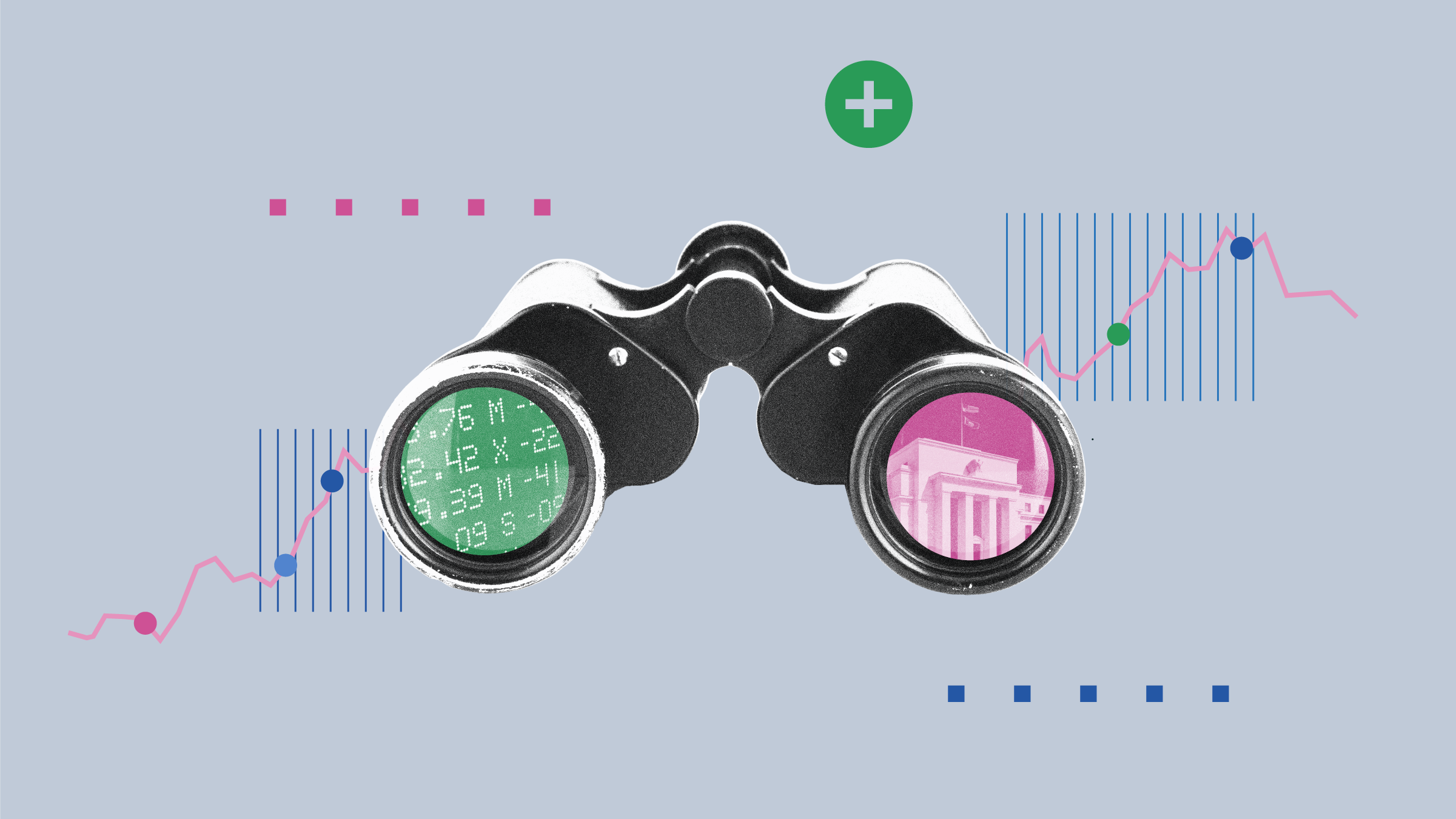UK inflation turned negative again in September, the Office of National Statistics has revealed. This may seem like good news for savers and investors – who now have a lower benchmark to beat in order to secure a real rate of return – but the news that the UK is in a deflationary environments puts off any interest rate rise.
Data from the ONS showed that consumer prices dropped 0.1% year-on-year in September, after staying flat in August. Economists had expected prices to remain flat. Consumer prices last declined in April.
“The usual suspect of falling fuel costs, coupled with smaller-than-usual increases in clothing prices pushed the UK inflation rate back into negative territory in September, once again putting no pressure on the Bank of England to lift interest rates,” said Ben Brettell, Senior Economist at Hargreaves Lansdown.
Peter Cameron, at EdenTree Investment Management said that although wage pressures are emerging and the impact of the falling oil price will soon start to drop out of the numbers, a rate hike would have a deflationary effect by pushing up sterling.
“At a time when the European Central Bank is signalling it is ready to expand quantitative easing and the Fed is likely to delay its own rate lift-off into 2016, the Bank will be fearful of allowing sterling to appreciate too much,” he concluded.
No Respite for Savers
Figures announced tomorrow are expected to show wage inflation at 3.1%. This coupled with a falling cost of living provides a boon to the UK consumer – more cash in everyone’s pockets.
But with interest rates so low there is little incentive to save this extra cash for a rainy day. It has been six and a half years since Base Rate was dropped to 0.5%, and the savings ratio reflects this. Today, households are saving nearly half of what they were before the credit crisis.
House Price Rally Slows
Separate data showed that the UK house price index climbed 5.2% year-on-year, the same rate as in July. Economists had forecast a 5% increase. The latest rise was the smallest since September 2013, when prices grew 3.8%.





























